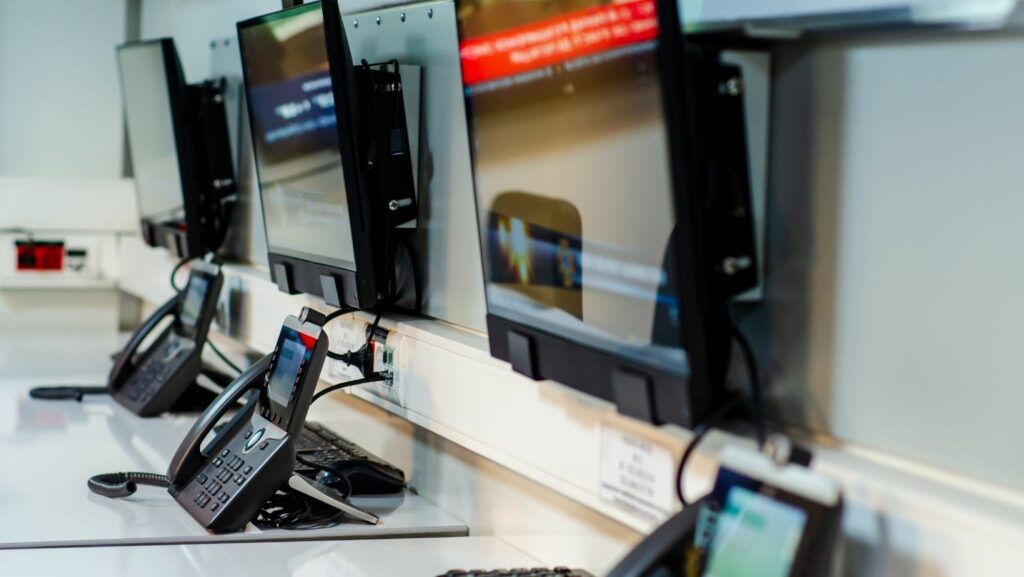
In the Emergency Prehospital Care Communications System, a Mobile Transmitter/Receiver: Enhancing Connectivity and Efficiency
In the Emergency Prehospital Care Communications System, a Mobile Transmitter/Receiver:
In the emergency prehospital care communications system, a mobile transmitter/receiver plays a crucial role in ensuring effective communication between emergency medical personnel and dispatch centers. This portable device allows for real-time information exchange, enabling rapid response and coordinated efforts in critical situations. With its ability to transmit and receive voice messages, data, and vital signs, this mobile device serves as a lifeline for seamless communication during emergencies.
Equipped with advanced technology and designed to withstand challenging environments, the mobile transmitter/receiver offers reliable connectivity even in remote locations or areas with limited network coverage. Its compact size and portability enable emergency responders to carry it easily while providing on-site care. Whether it’s relaying urgent updates about patient conditions or receiving instructions from medical control centers, this device ensures that essential information flows smoothly, enhancing the overall efficiency of prehospital care.
By utilizing a mobile transmitter/receiver in the emergency prehospital care communications system, responders gain a valuable tool that enables them to relay critical information directly and efficiently. This technology empowers them to make informed decisions promptly and collaborate effectively with other healthcare professionals involved in the patient’s treatment journey. In high-stakes situations where every second counts, having a reliable means of communication can make all the difference in saving lives and delivering optimal prehospital care.

The Role of a Mobile Transmitter/Receiver in the System
When it comes to emergency prehospital care communications, a mobile transmitter/receiver plays a vital role in ensuring seamless and effective communication between healthcare providers and emergency responders. Let’s delve into the significance of this device in the system.
- Real-Time Communication: A mobile transmitter/receiver enables real-time communication between emergency medical services (EMS) personnel, hospitals, and other healthcare professionals. This instant connection allows for quick updates on patient conditions, sharing critical information, and coordinating resources efficiently. In high-stakes situations where every second counts, having reliable and instantaneous communication can be crucial for providing timely care.
- Mobility and Flexibility: The mobility aspect of a mobile transmitter/receiver cannot be understated. These devices are designed to be portable, allowing EMS personnel to carry them wherever they go – whether it’s inside an ambulance or at the scene of an accident. This flexibility ensures that healthcare providers can communicate regardless of their location or environment.
- Enhanced Coordination: Effective coordination is essential in emergency situations involving multiple parties such as EMS teams, hospitals, dispatch centers, and law enforcement agencies. A mobile transmitter/receiver acts as a central hub for communication among these entities by facilitating clear exchanges of information, tracking resources availability, and streamlining decision-making processes.
- Improved Patient Care: Seamless communication facilitated by a mobile transmitter/receiver contributes directly to improved patient care outcomes. Healthcare professionals can relay critical details about patients’ conditions en route to the hospital or share vital signs with physicians awaiting their arrival – enabling better preparation at the receiving end for immediate intervention.
- Safety Ensurance: In potentially dangerous scenarios like natural disasters or mass casualty incidents, maintaining constant contact with all involved parties is paramount for ensuring safety. A mobile transmitter/receiver serves as a lifeline that keeps everyone connected even when regular channels may be disrupted or overloaded.
In conclusion, the role of a mobile transmitter/receiver in the emergency prehospital care communications system cannot be overstated. By enabling real-time communication, offering mobility and flexibility, enhancing coordination, improving patient care, and ensuring safety, this device plays a crucial part in saving lives and providing efficient medical interventions. Its impact on emergency response systems is invaluable, making it an indispensable tool for healthcare professionals in the field.





